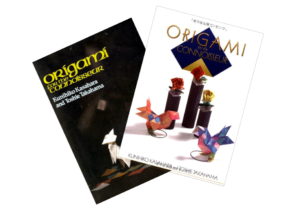Key Takeaways
- Origami is a versatile art form that offers benefits like enhancing spatial reasoning, providing stress relief, and promoting creativity for both children and adults.
- When choosing an origami book, look for clear instructions, diverse models, high-quality illustrations, and content suitable for your skill level.
- There are origami books catering to all skill levels, from beginner-friendly guides to advanced texts exploring complex techniques and designs.
- Specialty origami books focus on niche areas like geometric designs, architectural models, and specific cultural styles, allowing enthusiasts to explore unique aspects of the art form.
- Celebrated origami authors like Akira Yoshizawa, Robert J. Lang, and Tomoko Fuse have made significant contributions to the field, advancing techniques and inspiring new generations of folders.
More than just a pastime, origami is a gateway to artistic expression, a tranquil meditative practice, and a source of endless joy. Whether you’re taking your first steps in origami or are a seasoned artist, the perfect origami book can transform a mere sheet of paper into a masterpiece of creativity.
This article navigates through an array of origami books, each a treasure trove of knowledge, techniques, and inspiration. They are more than mere instructional manuals; they are your companions in the magical realm of origami. From fundamental folds for beginners to intricate challenges for the adept, this selection cater to every enthusiast’s dream.
Table of Contents
Discovering Excellence in Origami Literature: Key Elements to Look For
Choosing the right origami book is akin to selecting a skilled guide for an artistic adventure. Here are the essential elements that distinguish a great origami book, ensuring your folding journey is both enriching and enjoyable:
Crystal-Clear Instructions: Your Blueprint to Success
- Step-by-Step Guidance: The hallmark of a quality origami book lies in its clear, detailed instructions. Look for books that offer a blend of precise written directions and illustrative visual aids.
- Ease of Understanding: Whether you’re a novice or an adept, the instructions should be accessible and straightforward, making the learning process seamless and rewarding.
A Diverse Array of Models: Expanding Your Creative Horizons
- Variety is Key: The best origami books provide a spectrum of designs, providing to a wide range of interests and skill levels. This diversity keeps your origami practice vibrant and continually challenging.
- Balance in Complexity: Books offering a mix of simple and complex models ensure that as your skills grow, the book remains a valuable resource.
High-Quality Illustrations: Visual Clarity Matters
- Detailed Imagery: Essential to any origami book, high-quality illustrations or photographs should accurately represent each folding step and the final product.
- Effective Use of Color and Contrast: Well-designed diagrams with appropriate color and contrast aid significantly in understanding, particularly for complex models.
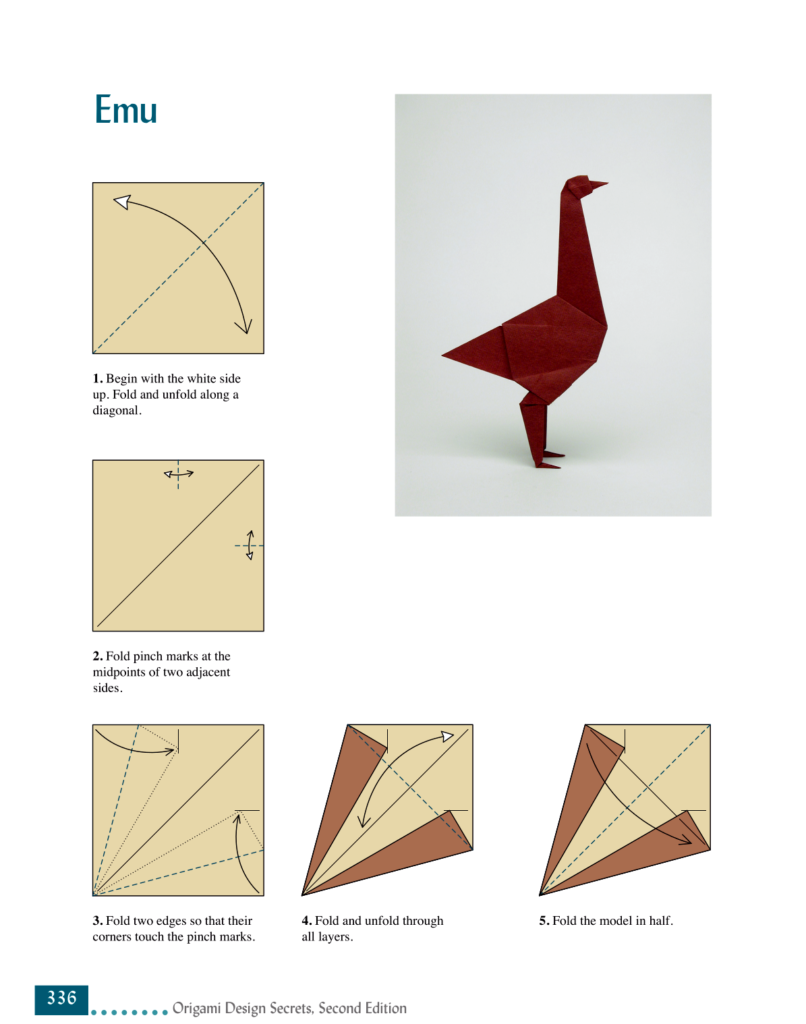
Suitability for Different Skill Levels: Attending to Every Folder
- For the Beginners: A great beginner’s book lays the foundation with basic folds and progressively complex models, fostering a smooth skill-building journey.
- Challenges for the Experienced: Advanced practitioners will benefit from books that explore sophisticated techniques and thought-provoking designs.
Beyond Folding: Cultural Insights and Tips
- Cultural and Historical Context: Books that intertwine the art form’s history and cultural narratives provide a richer, more immersive origami experience.
- Practical Tips and Tricks: Insights on paper selection, folding techniques, and troubleshooting add immense value, especially for those keen on deepening their origami practice.
When selecting an origami book, consider these facets to ensure it aligns with your aspirations and skill level. The right book doesn’t just teach you to fold paper; it opens a door to a world of artistic expression, cultural heritage, and personal growth.
Top Origami Books for Beginners: Embark on Your Folding Odyssey
Embarking on your origami journey is an exciting adventure, and choosing the right starter book is crucial. Here is a selection of beginner-friendly origami books that are perfect for setting you on the path to becoming an origami aficionado.
“Absolute Beginner’s Origami” by Nick Robinson
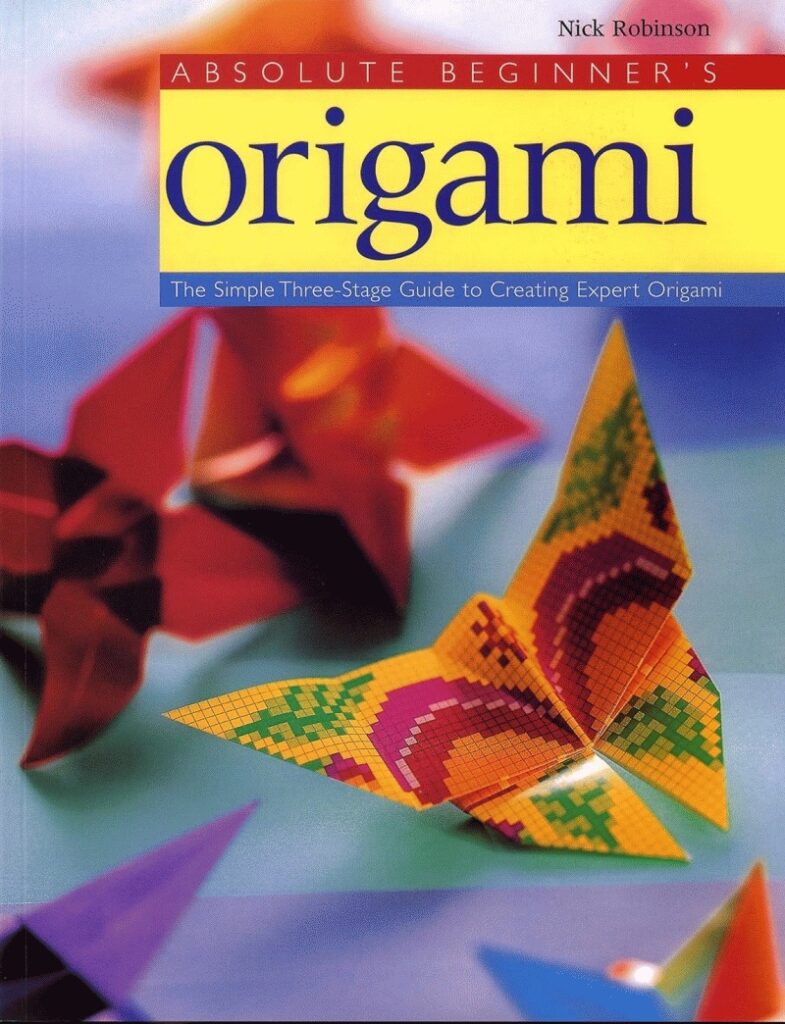
Why It’s a Must-Have: Nick Robinson simplifies origami for newcomers, making the art form accessible and engaging. This book stands out with its unique approach of using actual photographs for instructions, providing an intuitive learning experience for beginners.
“Easy Origami” by John Montroll

Beginner-Friendly Brilliance: A beloved classic in the origami community, John Montroll’s book is perfect for those taking their first steps in origami. With a progression from simple to more complex models, it helps you gradually build your folding skills in an enjoyable way.
“Fun with Origami: 17 Easy-to-Do Projects and 24 Sheets of Origami Paper” by Dover

All-in-One Origami Starter Kit: Ideal for beginners, this book offers an excellent combination of easy projects and ready-to-use materials. The inclusion of origami paper simplifies the process, allowing you to dive straight into folding without any hassle.
“Easy Origami” by Didier Boursin
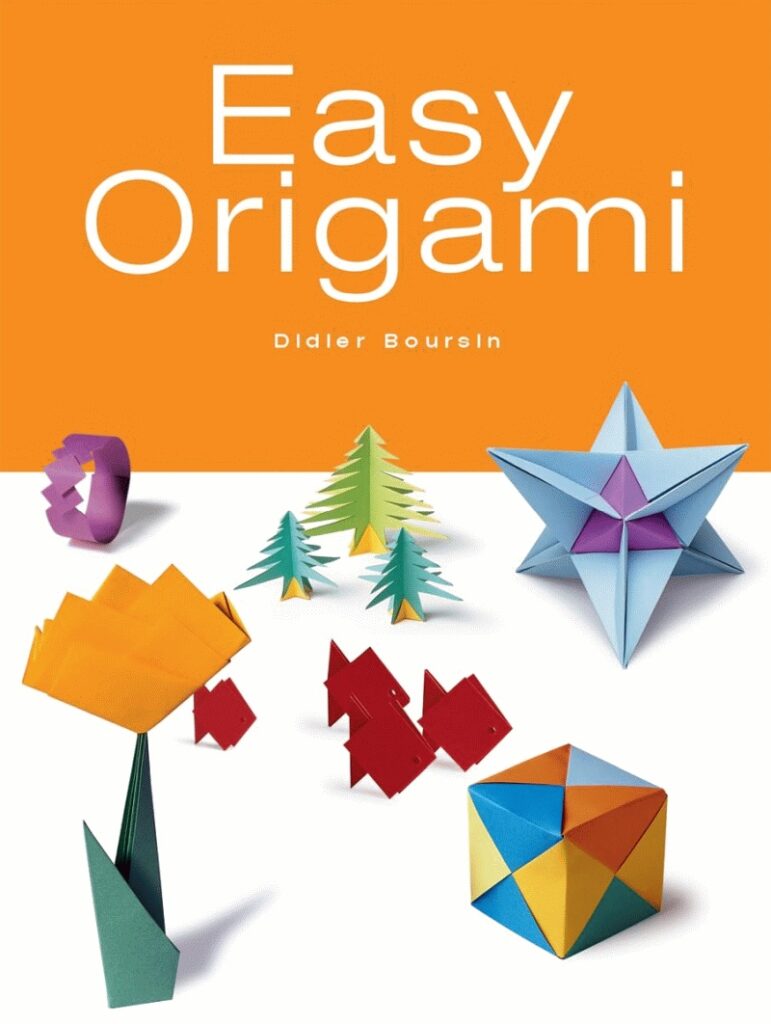
A Modern Twist on Classic Folds: Didier Boursin’s book introduces beginners to the joy of paper folding with a contemporary flair. Known for his clear and concise teaching style, Boursin offers a collection of models that are both modern and appealing, perfect for those new to the world of origami.
Mastering Greater Complexity: Top Origami Books for Intermediate Folders
As you advance in your origami journey, stepping into intermediate territory brings new challenges and opportunities to refine your skills. These carefully selected books are ideal for those who have grasped the basics and are ready to explore more complex designs and techniques.
“Origami for the Connoisseur” by Kunihiko Kasahara and Toshie Takahama

Bridging Tradition and Innovation: This book stands out for its unique blend of traditional and modern designs, appealing to connoisseurs of the art. It’s perfect for those who appreciate the finer nuances of origami and seek models that inspire and challenge.
In-Depth Review: For a comprehensive review, read my detailed post “Origami for the Connoisseur – My Favorite Origami Book.”
“Genuine Origami” by Jun Maekawa
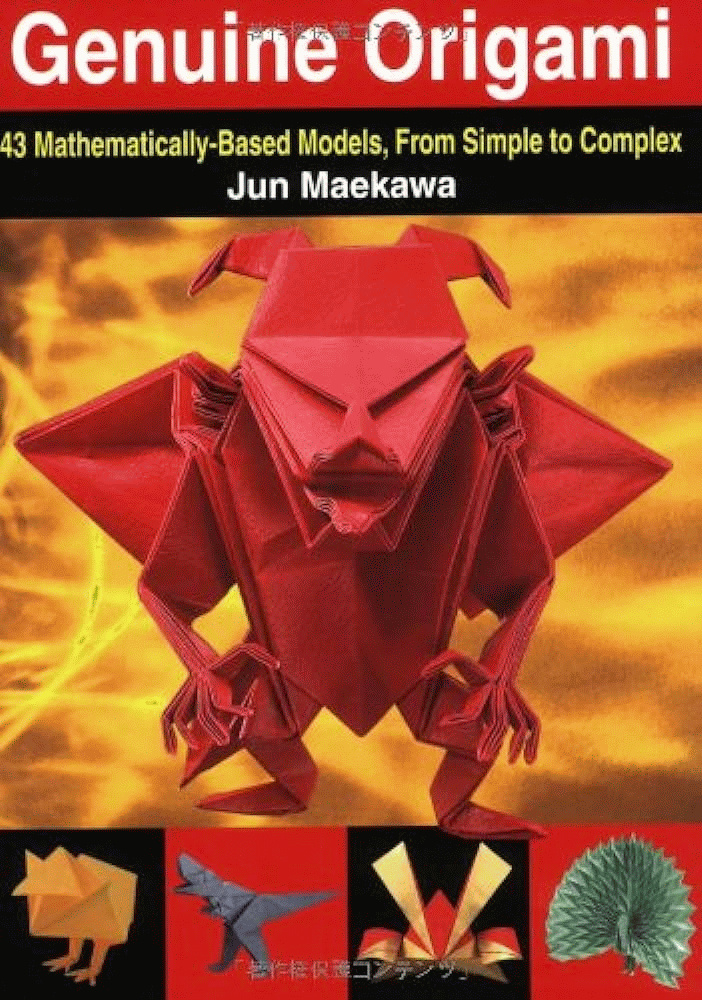
Sophisticated Simplicity: Jun Maekawa, known for his ability to blend mathematical concepts with artistic folding techniques, offers a collection that bridges the gap between beginner and advanced levels. “Genuine Origami” is filled with models that have a unique, geometric elegance, perfectly suited for intermediate folders seeking to expand their repertoire.
“Origami from Angelfish to Zen” by Peter Engel

Artistic Exploration: Peter Engel’s book takes you on a creative journey through the art and philosophy of origami. This collection is perfect for intermediate folders who are not only interested in folding but also in the artistic and conceptual aspects of origami.
“Origami Essence” by Román Díaz
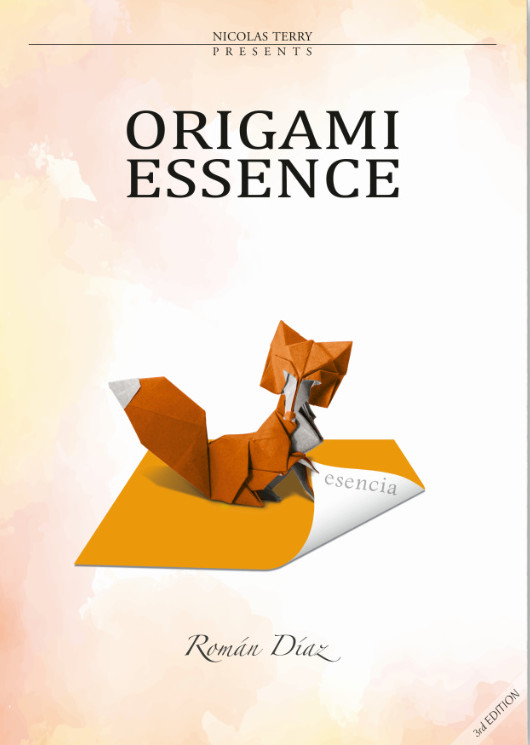
Cultural Richness and Technique: Román Díaz’s “Origami Essence” is celebrated for its beautiful models that are deeply rooted in cultural symbolism. The book offers a range of intermediate-level designs that are both aesthetically pleasing and rewarding to fold.
Elevating Your Craft: Top Origami Books for Advanced Artists
For experienced origami artists seeking to elevate their craft, the following selections offer a deep dive into advanced techniques and sophisticated designs. These books are your companions in mastering the intricacies of this elegant art form.
“Origami Design Secrets” by Robert J. Lang

A Masterclass in Paper Folding: Robert J. Lang, a legend in the origami community, shares his profound knowledge in this comprehensive guide. It’s not just about following steps; it’s about understanding the underlying theories and mathematics of origami. Perfect for those aspiring to invent their complex models.
“Advanced Origami: An Artist’s Guide to Folding Techniques and Paper” by Michael G. LaFosse and Richard L. Alexander

Artistic Origami at Its Finest: Renowned for his exquisite designs, Michael G. LaFosse offers a book that is both a challenge and a source of inspiration. His unique perspective on origami as an art form makes this book invaluable for artists looking to push their creative boundaries.
“Works of Satoshi Kamiya 1995-2003” by Satoshi Kamiya

The Pinnacle of Complexity: Featuring some of the most intricate and challenging designs, Satoshi Kamiya’s book is a testament to the extraordinary possibilities of paper folding. Ideal for highly skilled artists ready to take on some of the most complex models ever conceived.
“Origami Insects II” by Robert J. Lang
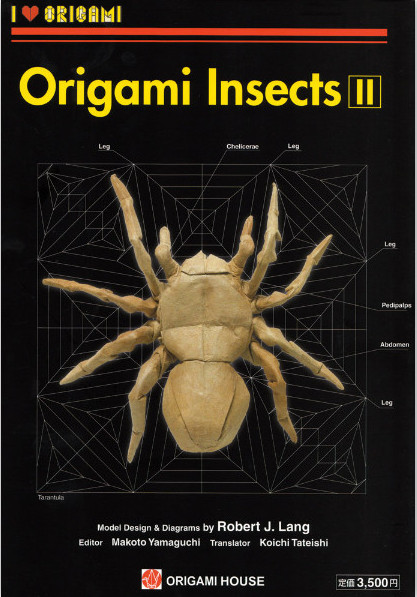
A Deep Dive into Origami Zoology: This collaborative work focuses on the intricate art of folding paper insects, offering a unique challenge for advanced artists. It combines detailed diagrams with fascinating insights into origami theory and techniques.
Exploring Niche Wonders: Specialty Origami Books for Unique Interests
For origami enthusiasts looking to explore specialized realms or niche interests within this art form, the following books offer unique perspectives and challenges. Each one focuses on a specific aspect of origami, expanding your skills and creativity in new and exciting directions.
“Origami Tessellations” by Eric Gjerde
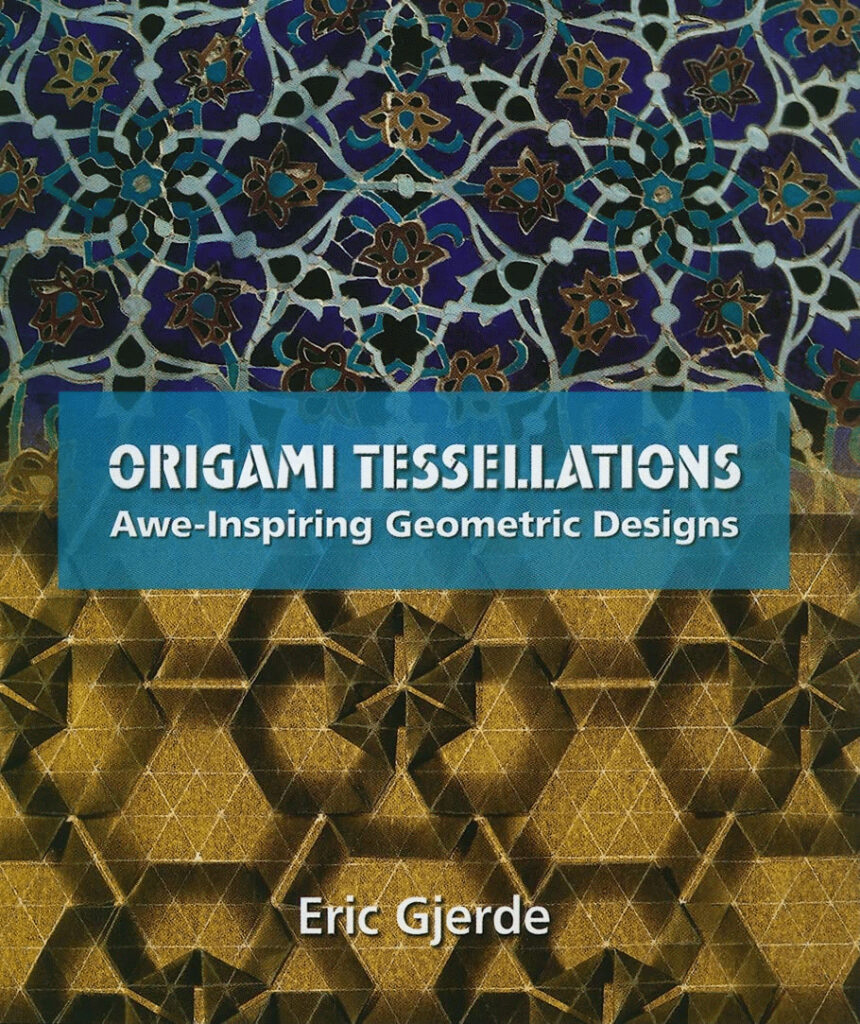
A Geometric Odyssey: Explore the mesmerizing world of origami tessellations with Eric Gjerde’s pioneering guide. This book introduces you to the art of creating complex geometric patterns through paper folding, a perfect blend of art and mathematics.
“Geometric Origami” by Faye Goldman
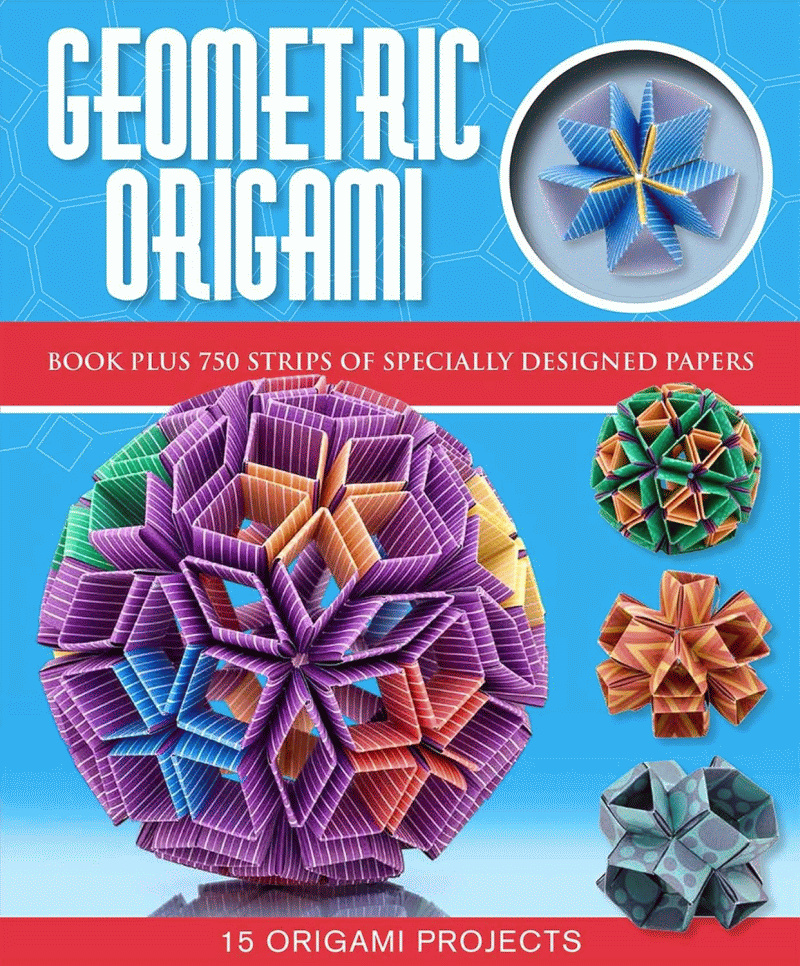
Sculpting Symmetry: For those fascinated by the precision and beauty of geometric shapes, Faye Goldman’s book is a treasure trove. It guides you through creating stunning modular shapes and structures, adding a new dimension to your origami skills.
“Have Fun With Origami 3D Flowers” by Hiromi Hayashi

Blooming Creations: Hiromi Hayashi’s collection of floral designs brings the beauty of nature into your home. Learn to create lifelike flowers and plants, perfect for decorators and nature enthusiasts alike.
“Japanese Paper Crafting” by Michael G. LaFosse
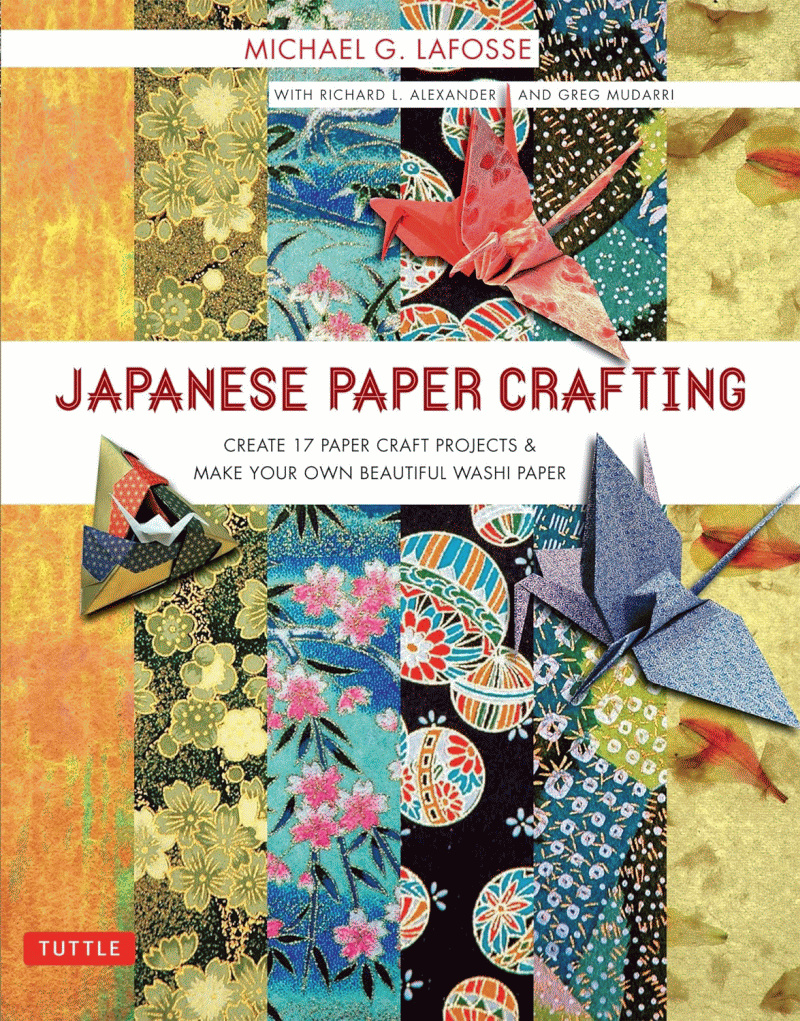
Beyond Folding: Venture beyond traditional origami with this exploration of various Japanese paper crafts. Covering techniques from origami and kirigami to papermaking, this book is ideal for crafters seeking to broaden their artistic horizons.
“Origami Architecture: Papercraft Models of the World’s Most Famous Buildings” by Sheung Yee Shing
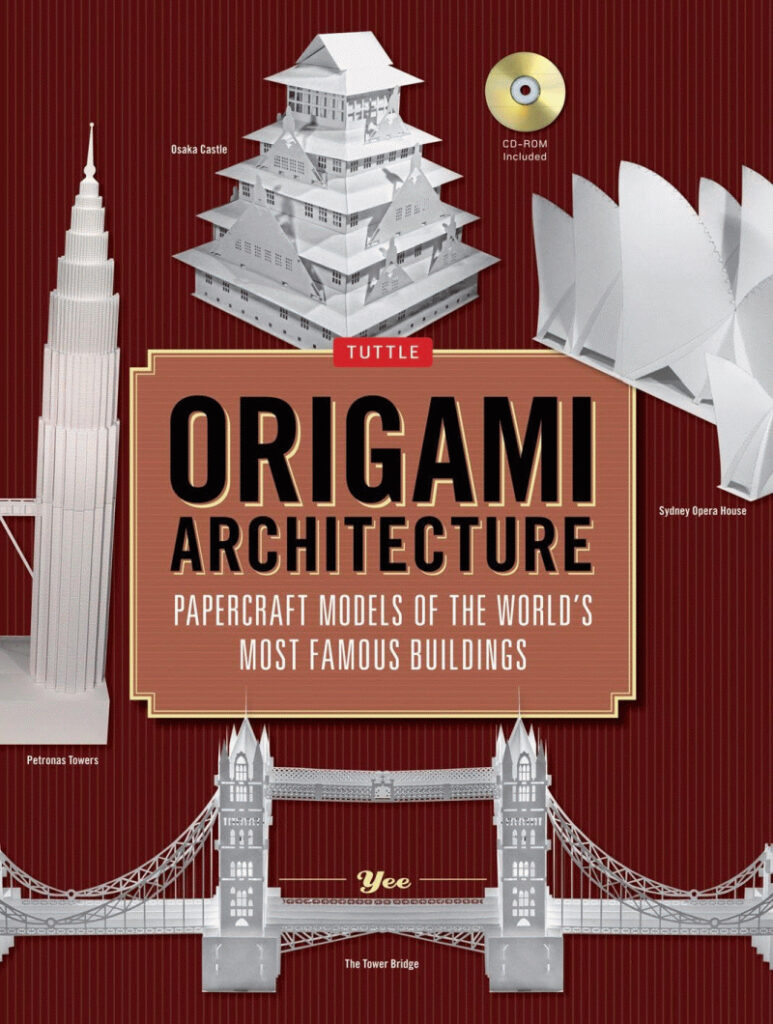
Architectural Marvels in Paper: This unique book combines the art of origami with architectural modeling. Create intricate paper models of iconic buildings from around the world, a perfect challenge for those interested in both paper art and architectural design.
“Folding Techniques for Designers: From Sheet to Form” by Paul Jackson

A Designer’s Perspective: This book is a bit of a departure from traditional origami, focusing on folding techniques that can be applied in various design fields. It’s ideal for intermediate folders who are interested in the application of origami principles in areas such as product design, architecture, and fashion.
Sparking Young Minds: Interactive and Educational Origami Books for Children
Introducing children to the world of origami can be a delightful journey of creativity and learning. These carefully selected books are not only about folding paper but also about igniting imagination, enhancing fine motor skills, and offering fun, educational experiences.
“Origami for Children” by Mari Ono and Roshin Ono
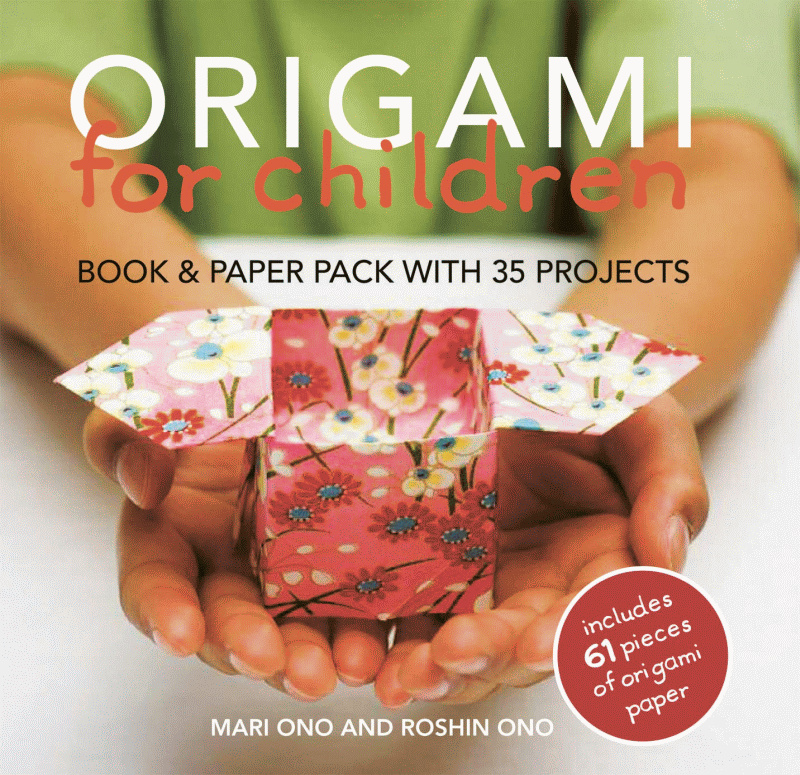
Why It’s a Family Favorite: Crafted by an experienced origami artist and her child, this book perfectly resonates with young learners. It contains 35 fun and accessible projects with colorful illustrations, making it an engaging way to introduce children to the art of origami.
“Easy Origami Animals” by John Montroll
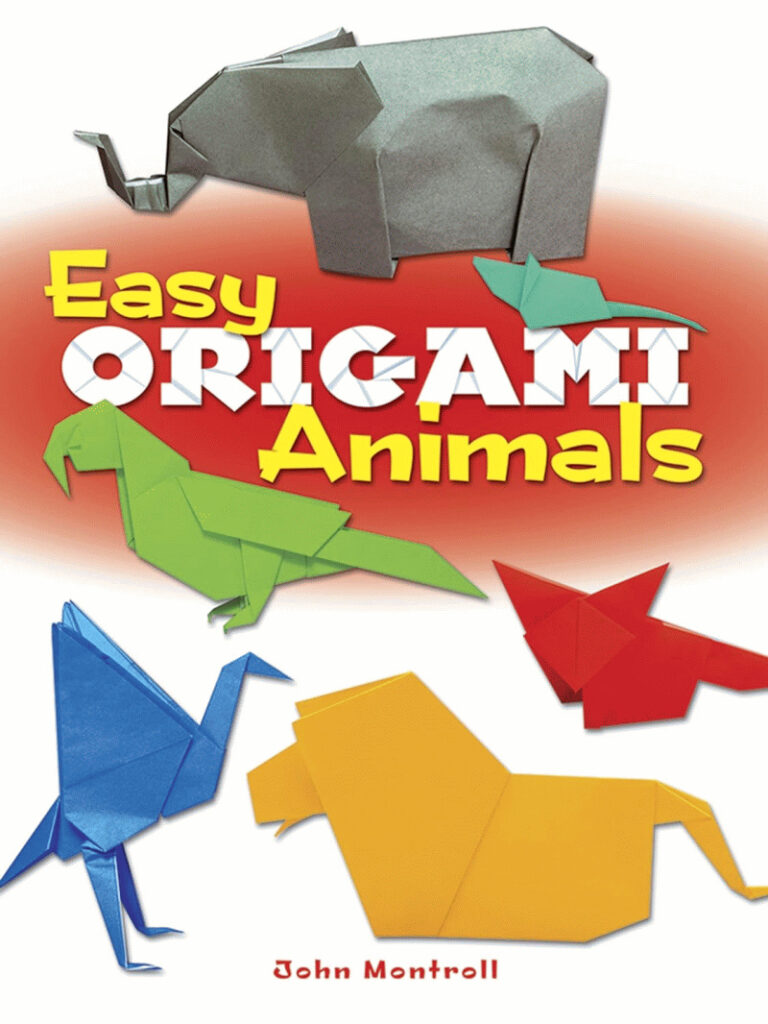
Animal Adventures in Paper: A wonderful book for animal-loving kids, this collection by John Montroll brings the animal kingdom into your home. It offers 30 simple and adorable animal models, ideal for children starting their origami journey.
“The Joy of Origami” by Margaret Van Sicklen

Combining Learning with Fun: This book is a treasure trove of origami projects and fascinating facts. It includes 50 models and enriches the folding experience with interesting trivia, making it both educational and entertaining for young minds.
“My First Origami Kit” by Joel Stern
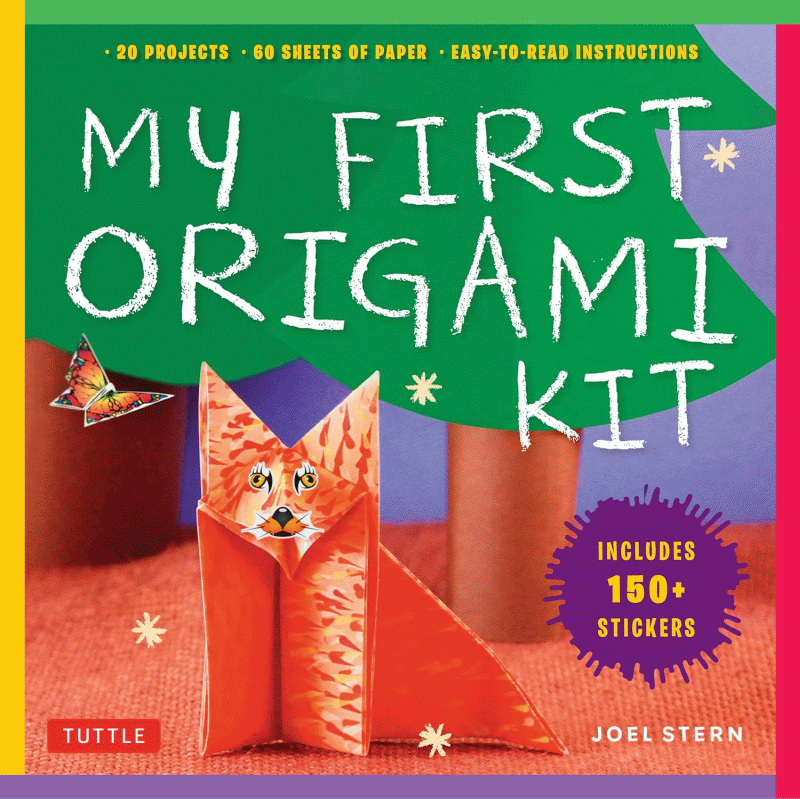
A Complete Origami Starter Kit for Kids: Specially designed for young beginners, this kit includes everything a child needs to start folding: a colorful instruction book, 60 sheets of origami paper, and a range of projects from simple to slightly complex.
“Origami Magic” by Steve and Megumi Biddle
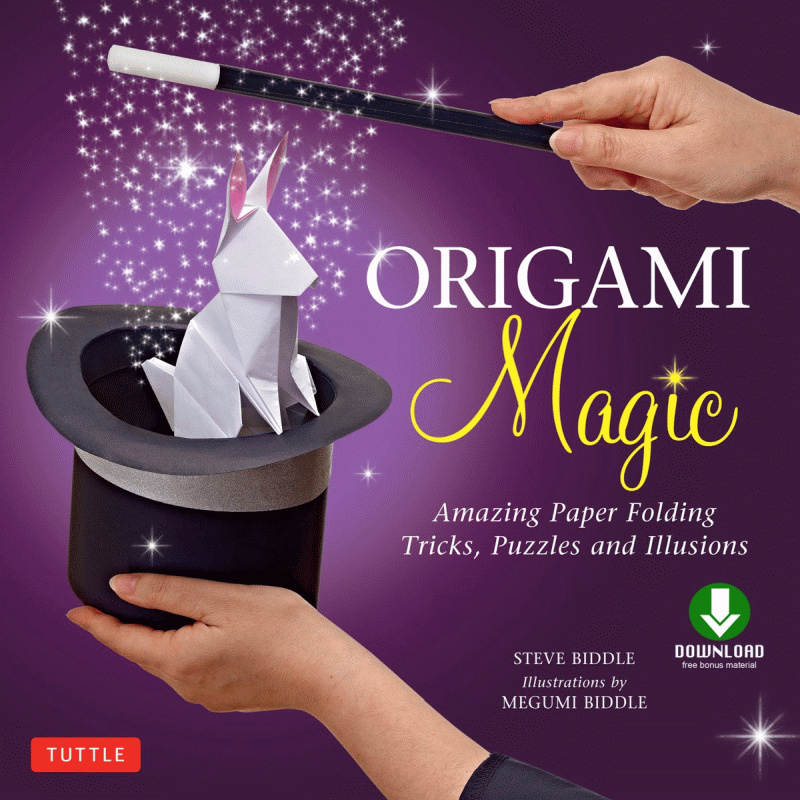
Origami with a Twist of Magic: Unique in its approach, this book combines origami with magical illusions. Children can not only create but also perform with their origami, adding a fun, interactive element to the craft.
Icons of Origami: Celebrated Authors and Their Timeless Contributions
The world of origami is rich with creative minds whose works have shaped this art form. In this section, we honor celebrated authors whose books have become indispensable resources for origami enthusiasts worldwide. Their contributions extend beyond instructions, offering inspiration and insight into the deeper aspects of origami.
Akira Yoshizawa: The Grandmaster of Origami
Legacy in Paper: Akira Yoshizawa is revered as the father of modern origami. His books, such as “Origami Museum I: Animals,” are more than instructional; they are a journey into his creative genius. Yoshizawa’s influence is profound, having introduced a system of symbols for origami that revolutionized how it is taught and practiced.

Robert J. Lang: The Synthesis of Art and Science
Engineering Elegance: A physicist and origami artist, Lang is celebrated for his work in marrying origami with mathematical concepts. His seminal work “Origami Design Secrets” is an essential resource for advanced practitioners, offering deep insights into the structural and theoretical aspects of origami.
John Montroll: A Versatile Origami Virtuoso
Accessibility and Range: Known for his clear instructions and diverse models, Montroll’s works like “Animal Origami for the Enthusiast” cater to a broad audience, from beginners to advanced folders. His ability to create intricate designs from a single sheet of paper without cuts has earned him a special place in the origami community.

Satoshi Kamiya: The Young Maestro
Complexity and Realism: A master of complex and lifelike designs, Kamiya’s works, particularly “Works of Satoshi Kamiya,” showcase some of the most advanced and intricate models in the origami world. His techniques continue to push the boundaries of what is possible in paper folding.
Tomoko Fuse: The Queen of Modular Origami
Geometric Genius: Renowned for her exceptional work with modular origami, Fuse’s books, such as “Fabulous Origami Boxes,” are a testament to her innovative spirit. She has expanded the possibilities of origami, inspiring enthusiasts to explore the mesmerizing world of geometric and three-dimensional designs.
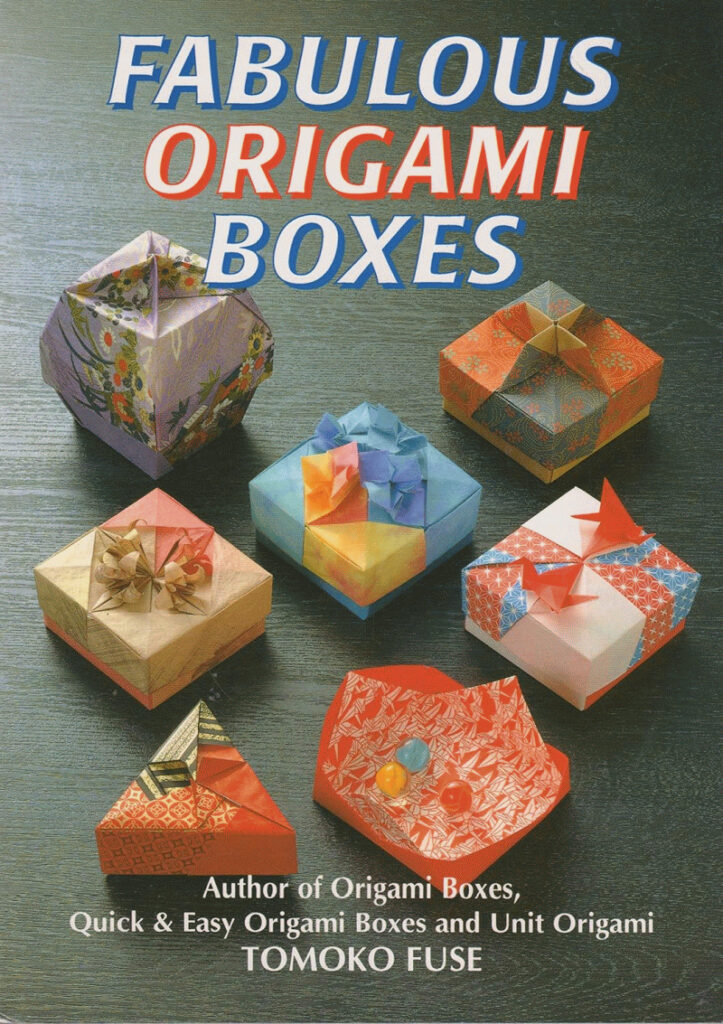
These illustrious authors have not only contributed to the world of origami through their innovative designs and techniques but also through their dedication to teaching and inspiring others. Their books are more than just guides; they are gateways to the vast, creative, and ever-evolving world of origami.
Origami in Everyday Life: Beyond the Fold
Origami isn’t just an art form; it’s a versatile practice that can enrich daily life in numerous ways. Here, we explore how origami can be seamlessly integrated into your routine, adding a touch of creativity and mindfulness to your everyday experiences.
Origami as Home Decor: Crafting Your Aesthetic
Transforming Spaces: Origami offers a unique way to personalize your living space. From elegant wall art to sophisticated table centerpieces, the possibilities are endless. Books like “Better Living Through Origami” by Nellianna van den Baard and Kenneth Veenenbos guide you through creating functional and stylish origami decorations that can transform any room.

Personalized Gifts and Cards: A Touch of Handmade Elegance
Thoughtful and Unique: Handcrafted origami gifts and cards are a delightful way to express care and creativity. Whether for birthdays, anniversaries, or just as a special gesture, origami adds a personal touch that is both elegant and heartfelt. Look for inspiration in books like “Origami for All: Elegant Designs from Simple Folds” by Ioana Stoian.

Educational Tool for Children: Learning Through Creativity
Folding Fun and Learning: Origami is an excellent tool for children’s education, helping to develop spatial awareness, fine motor skills, and concentration. Interactive books like “Fun with Origami: 17 Easy-to-Do Projects and 24 Sheets of Origami Paper” by Dover provide simple projects that are as educational as they are entertaining.
Mindfulness and Stress Relief: The Calming Effect of Folding
Therapeutic Folding: The process of creating origami can be a meditative and calming experience, offering a way to de-stress and focus the mind. “Inspired Origami: Projects to Calm the Mind and Soothe the Soul” by Camilla Sanderson and John Morin is a wonderful resource for finding peace and relaxation through origami.
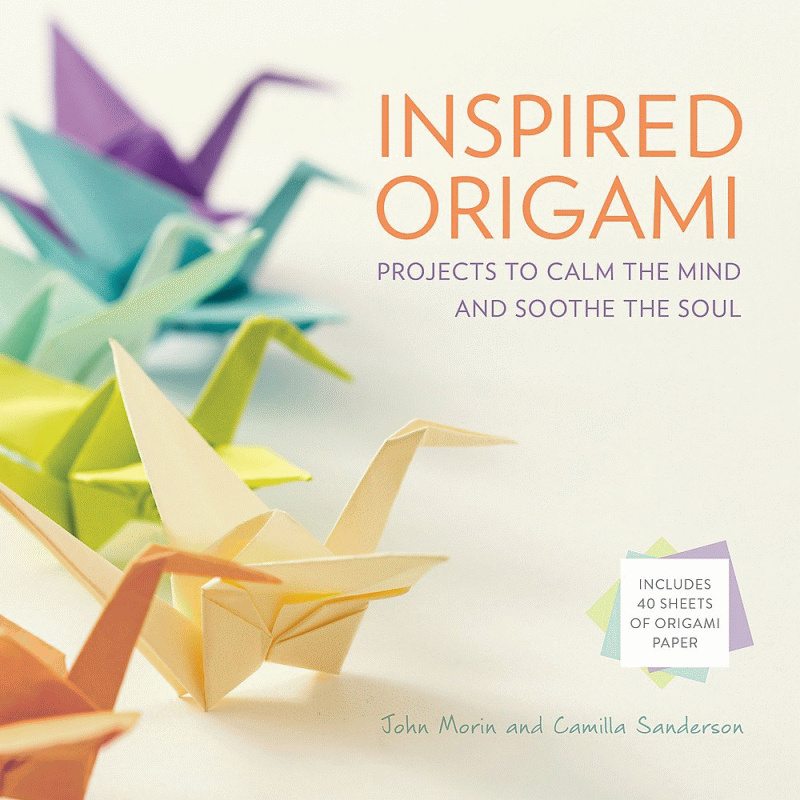
Community and Social Engagement: Sharing the Joy of Folding
Joining Origami Circles: Participating in origami groups or workshops can be a great way to meet like-minded individuals and share the joy of paper folding. It’s a chance to learn, teach, and experience the communal aspects of this art form. Look for local clubs or online communities to join and share your passion.
Finding Your Perfect Origami Book: A Guide to the Best Sources
Embarking on your origami journey starts with finding the right book. Whether you prefer the tactile pleasure of a physical book or the convenience of a digital version, there are numerous places to find these origami treasures. Here’s a guide to help you locate the best sources for origami literature.
Online Retailers: A World of Options at Your Fingertips
Amazon: Offering a vast selection in both physical and Kindle formats, Amazon is a go-to for quick and easy access to a wide range of origami books. With user reviews and recommendations, it’s easy to find books that suit your skill level and interests.
Origami-shop: Known for its extensive collection and free worldwide shipping, the Origami-shop, located in France, is an excellent choice for international origami enthusiasts. Their inventory includes books for all levels, from beginner guides to advanced texts.
Local Bookstores and Craft Stores: Supporting Community Businesses
Cherishing Local Gems: Many local bookstores and craft shops stock origami books, allowing you to browse in person and support local businesses. These stores often have knowledgeable staff who can provide recommendations based on your interests and skill level.
Special Orders: If the book you’re looking for isn’t available, ask if they can order it for you. This not only gets you the book you want but also helps local businesses understand the demand for origami literature.
Libraries: Explore Without Expense
Borrow and Discover: Your local library is a valuable resource for exploring a variety of origami books without the commitment of purchase. Libraries typically have sections dedicated to crafts and hobbies where you can find books catering to different origami levels.
Interlibrary Loans: If your library doesn’t have the title you’re looking for, ask about their interlibrary loan services. This allows you to access books from a wider network, making it easier to find those hard-to-find origami gems.
Online Marketplaces for Used Books: Affordable and Sustainable Choices
For those looking for more affordable options, platforms like eBay and Amazon offer listings for used origami books. This is not only cost-effective but also an eco-friendly choice, giving books a second life.
Origami Societies and Clubs: Specialized Resources and Community Advice
Exclusive Collections: Joining an origami society or club can provide access to specialized resources, including member-only libraries or book sales. These books might include rare or out-of-print titles.
Recommendations from Fellow Enthusiasts: In origami communities, you can get personalized recommendations based on collective experience, ensuring you find books that truly meet your needs and interests.
Digital Platforms: eBooks and Online Resources
eBooks and PDFs: Many origami books are available in digital formats, which can be convenient for reference during your folding sessions. Platforms like Google Books or Apple Books are good places to start.
Online Origami Communities: Websites and forums dedicated to origami are not only great for connecting with other enthusiasts but also often feature book reviews and recommendations.
Embracing the Art of Origami: Your Journey Awaits
Choosing the right origami book is more than selecting a guide; it’s the first step in a journey of creative exploration and personal growth. A well-chosen origami book can be a window into new worlds of artistic expression, offering not just techniques but inspiration, cultural insights, and a path to mindfulness.
Whether you’re beginning to unfold the mysteries of a simple paper crane or investigating the complexities of intricate designs, the right book can be an invaluable companion on your origami journey. Each page turn brings new challenges, discoveries, and the unparalleled joy of creating beauty from a simple sheet of paper.
The world of origami is vast and endlessly diverse, a realm where a single square can evolve into infinite forms. As you explore these recommended books, remember that each fold is a reflection of your creativity and dedication. Origami is not just about mastering folds; it’s about unfolding your potential.



